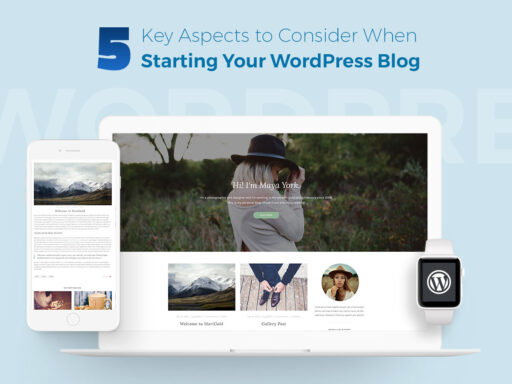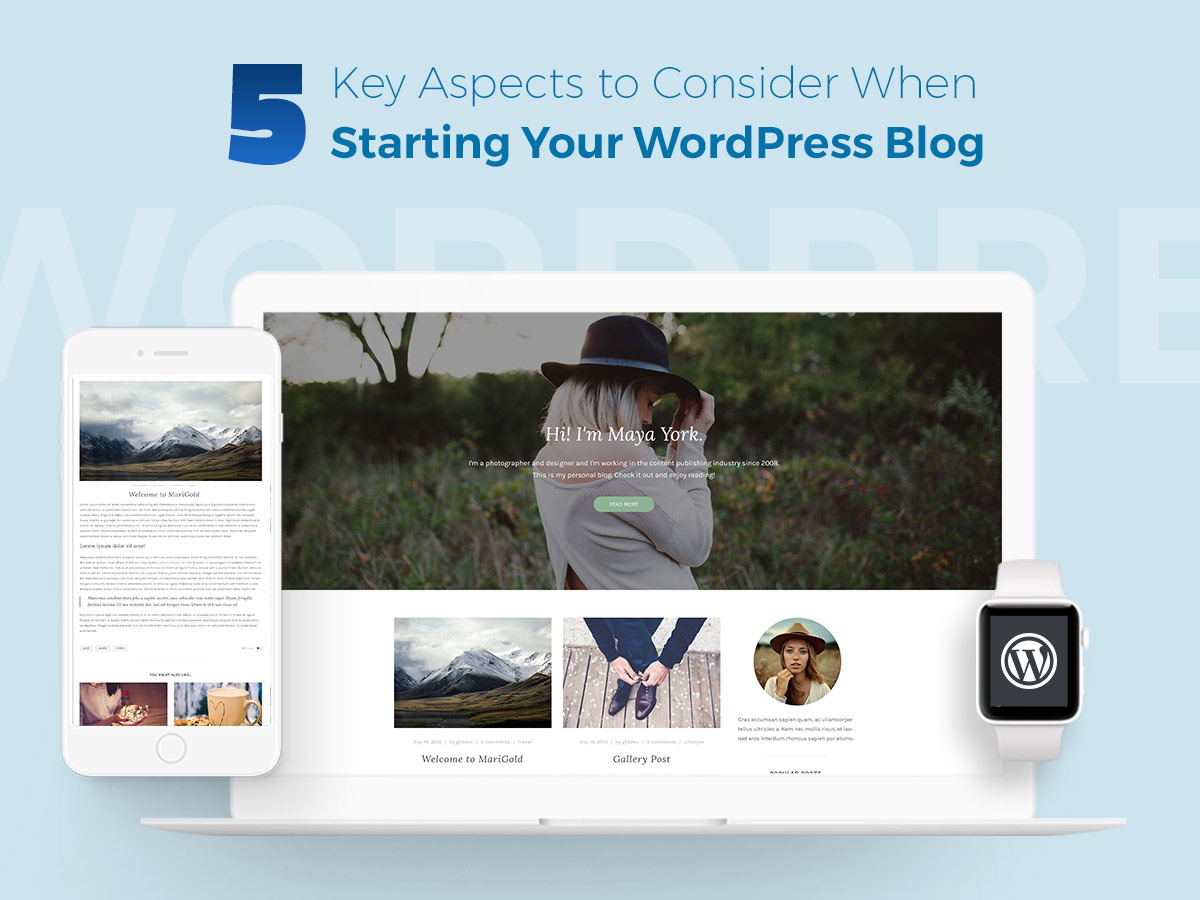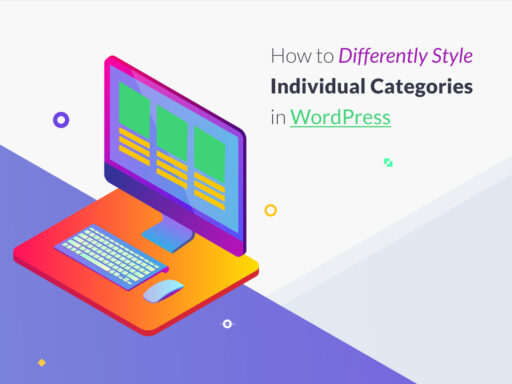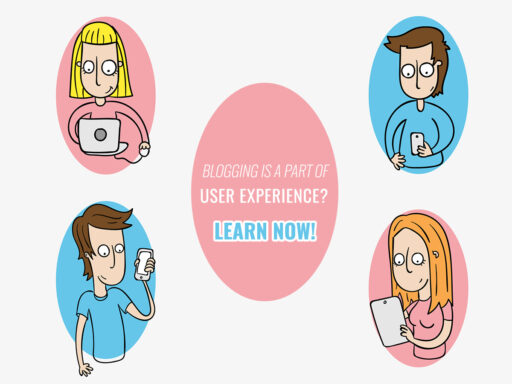Some newbie bloggers that launch their blogs on WordPress often neglect the importance of user experience and easy access to information published on their pages. They focus on design and visual attractiveness hoping to engage customers with their uncommon appearance, but sometimes they forget of simple navigation, ease of search and particular needs of their target readers.
Today we’ll speak on how to create a blog that works seamlessly and brings a pleasing user experience at the same time. The following tips are aimed to help you consider essential factors when creating a blog on WordPress.
1. Understand Your Reader
Make a research to define the needs of your audience. It’s easy to start with Google Analytics and find out how your users search, what they search, what jargon they use to search, what region they live in, what time of day and night they are most active at, and get more useful details. Find out the age of your audience and their key interests, this is highly required.
All of this data will help you create personalized user experience and meet the needs of your readers in a better way than many bloggers usually do. Be sure to make your blog accessible, make it easy for your reader to find any information they may need. You can use polls and quizzes to learn your readers’ tastes.
- Make your website navigation as intuitive and simple as possible.
- Consider the responsive design. Make your blog easy to browse both with mobile and desktop devices.
- Use engaging CTA buttons that are easy to click on desktops and easy to tap on tablets.
- Design and color scheme also matter.

2. Be Relevant
If your blog is not focused just on current trends and news, you are able to provide a valuable and relevant content that will be on the front burner during a long period of time. When a visitor attends your site, they hope to solve some certain problems and tasks, or get an advice on how to fulfill something. That’s why such posts as:
- “how to” tutorials;
- life hacks;
- tips;
- expert’s reviews;
- products feedbacks;
and other related ones are on demand for any types of blogging.
Be friendly and open with your readers, share your own experience, your success and fails, make case studies on your own achievements, and share you own conclusions and results you’ve got in the end.
Don’t forget of social media. Share your content in your social accounts and make it easy to find by all of your current devotees and followers as well as by your future readers. Encourage your readers to write the comments and share their opinions on your every post. Ask them what they would like to see in your next publications, and create your content depending on your target readers’ needs.

3. Consider the Site Performance
The loading time of your blog should be a high priority task. Most modern users are going to leave your website if it loads for longer than in 3 seconds. Don’t ignore the speed of your website when it comes to running your debut blog. Your website performance depends on:
- your hosting provider;
- the type of your content;
- browser caching or its absence;
- amount of HTTP requests;
and some more factors.
There are lots of speed testing services and extensions to help you find out your website loading time, but be sure to choose only trusted and highly recognized ones recommended by experts. Some bad speed testing services will define your blog as slow even if it loads for 2.29 seconds, which is really a good result.
Of course, if a website loads in 0,5 seconds, it will be even better. 0.5 seconds equals 500 milliseconds which is only 100-200 milliseconds slower than a human eye blink. A blink of an eye – the fastest possible action for a human, so if the website is as fast as a blink of an eye, then a user won’t be bored waiting till it loads. However, this is not the only rule to follow in this case.
How to increase your website performance?
- Choose your hosting provider very carefully;
- Merge multiple styles into the single style sheet to reduce HTTP requests;
- Compress large files and upload images that weigh less than 300 kb;
- Enable browser caching;
- Place scripts at the bottom of the page.

4. Make Catchy Headlines
It’s significant to create head-turning headlines for all of your posts. A headline is the thing that a reader sees first after they’ve found your publication in the search results. The headline is the trigger that impacts a user’s decision on whether to click and read the whole post, or just abandon it and go further.
If you make a post you are planning to be continued, tell this in your headline. Is your post a part of a long story or a first piece of an extensive tutorial? Just indicate this in your post’s title. This will make both loyal followers and occasional visitors look forward for the next part of your post. So you get a chance to expect these visitors to attend your blog once more or even subscribe for your updates and read your blog on a regular basis.
Make sure that your headlines accurately reflect the essence of your posts. Optimize your focus keywords for the search engines to make sure your every article is found by interested readers you target. Make your content quality enough to get visitors stay for longer and get excited to learn all of it. Don’t forget to use subheadings in your posts and make your posts easy to skim.

5. Make Your Content Sticky
Make your content both informative and glazed with emotional spicing to get your readers stay with you for longer; make your best to increase your blog’s conversion rates. Folks like gifts, bonuses and freebies, so reward your users for staying with you.
Connect with your audience by sharing joy, anger, love and disappointments, surprise and entertain your reader. Help your reader solve their problems and make them think and analyze. Create new tasks to solve and help your reader solve those tasks in your next publications. Keep your reader always eager to see more and more of your newest posts; make them curious to see your further publications whatever they are.
Ask for feedbacks about your posts and help your readers find answers for their questions that sometimes occur. Create a rewarding and exciting user experience which is sure to be unforgettable.

Conclusion:
When you create your blog, it’s of course important to choose an appealing design and make your website functional, but we all know that content is a king. If your content is easy to browse, simple to navigate through and accessible for a toddler, it is sure to cause excitement among your target users. Relevant, emotional and informative content published on a user-friendly website is sure to bring you success in your favorite blogging field.





